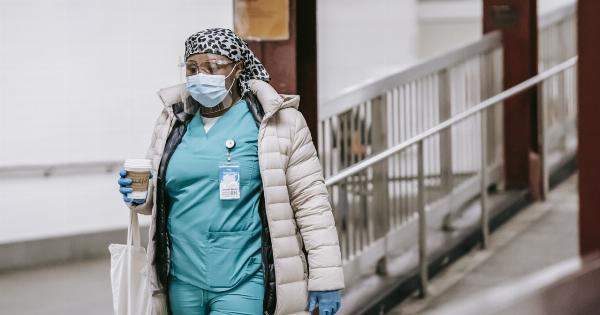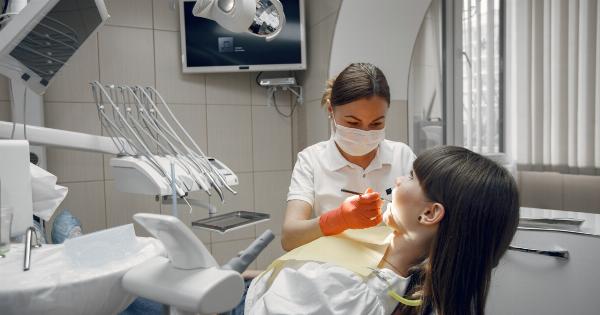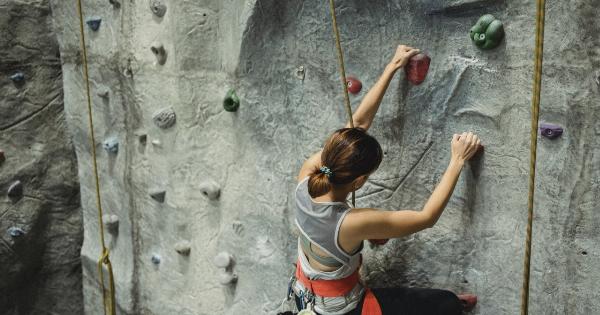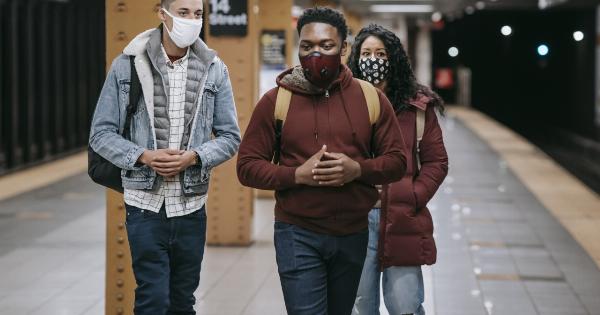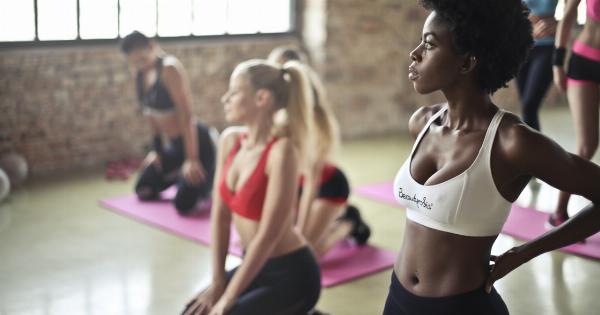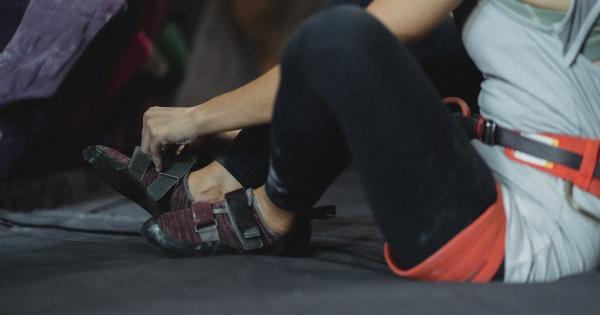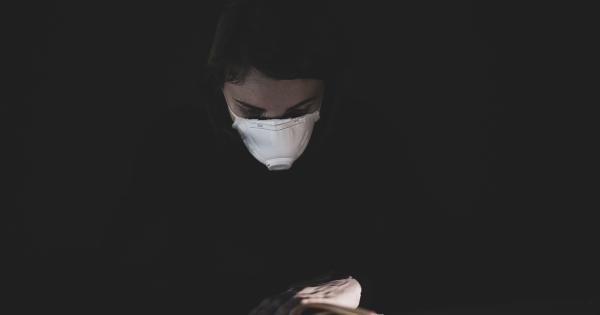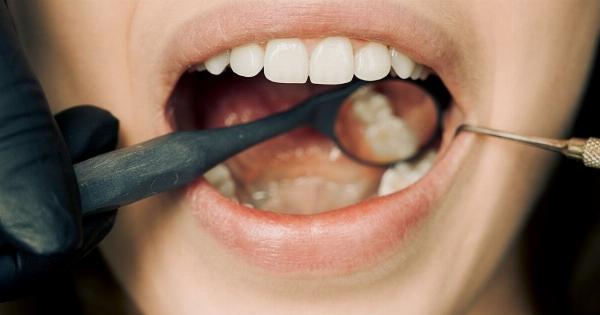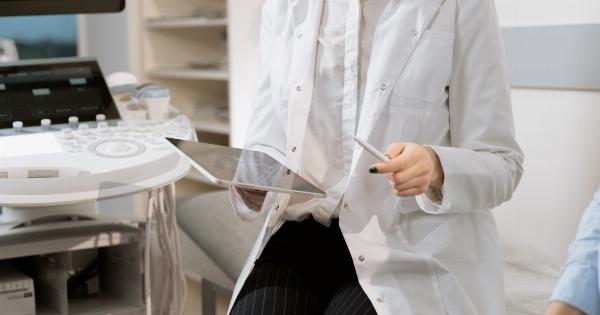The emergence of the Kronovirus pandemic has sparked widespread discussions about the effectiveness of various protective measures.
One such measure is the use of shields, which has become a subject of intense debate among health professionals, researchers, and the general public. While shields offer certain advantages, their effectiveness in preventing the transmission of Kronovirus remains a topic of contention.
In this article, we will explore the different perspectives surrounding shields and delve into the scientific evidence to shed light on their true effectiveness.
The Role of Shields in Containing the Spread
Shields, often referred to as face shields or visors, are transparent barriers that cover the face, extending downwards to protect the wearer’s eyes, nose, and mouth.
They provide an additional layer of protection alongside face masks, particularly by minimizing the direct contact of respiratory droplets with these vulnerable areas. Shields are commonly used in healthcare settings, where the risk of exposure to infectious diseases is high.
Advantages of Shields
Proponents of shields argue that they offer several advantages over other protective measures. One significant advantage is the wide coverage they provide, protecting the entire face and not just the mouth and nose.
This comprehensive shielding can prevent direct exposure to droplets from sneezing, coughing, or talking, reducing the risk of infection significantly. Shields also provide an additional barrier against inadvertent face touching, which is a common route of transmission for many infectious diseases, including Kronovirus.
Moreover, shields offer a clearer view of facial expressions, allowing improved communication, especially for those interacting with individuals who rely on lip-reading, such as the hearing-impaired.
They are also reusable and can be easily cleaned, making them a cost-effective option that can potentially alleviate the burden on the environment caused by disposable face masks.
Incomplete Protection: The Controversy
Despite their advantages, the effectiveness of shields in preventing the transmission of Kronovirus has been a topic of controversy. Critics argue that shields may not be as effective as face masks in limiting the spread of respiratory droplets.
While shields can prevent larger droplets from directly reaching the face, they do not provide a tight seal around the nose and mouth like masks do. This gap between the shield and the face may allow smaller infectious particles to enter or escape, reducing the overall protective efficacy.
Another concern raised by skeptics is the potential for shields to create a false sense of security.
Individuals wearing shields may perceive themselves as adequately protected and may not adhere to other preventive measures, such as maintaining physical distance or practicing hand hygiene. This false sense of security could lead to complacency and a higher risk of transmission, especially in situations where close contact is unavoidable.
Additionally, the use of shields may present practical challenges in certain settings. In crowded spaces where social distancing is difficult, the extended face coverage of shields may obstruct the view and impede communication among individuals.
This limitation can have negative implications in various professions, such as education, hospitality, and customer service, where effective communication is critical.
The Scientific Evidence
Researchers have conducted studies to assess the effectiveness of shields in preventing the transmission of respiratory diseases, including Kronovirus.
One study published in the Journal of the American Medical Association (JAMA) compared the efficacy of shields and face masks using simulated coughs and sneezes.
The findings indicated that although shields provided some protection by reducing the initial viral exposure, they were less effective than masks in preventing the fine aerosols produced by coughing from escaping through the sides and bottom of the shield.
However, it is worth noting that the same study highlighted that shields had the potential to protect others from the wearer who had respiratory symptoms.
The large droplets expelled during coughing or sneezing were effectively blocked by the shield, reducing the risk of direct transmission. This aspect makes shields particularly useful in healthcare settings, where the primary objective is to protect others, such as patients and healthcare workers, from potential infection.
Another study, published in Physics of Fluids, investigated the effectiveness of shields in conjunction with face masks. The study found that the combination provided a synergistic effect, significantly reducing the overall exposure to droplets.
This suggests that using both shields and masks concurrently may offer a higher level of protection than relying on either measure alone.
Expert Opinions
Leading health authorities and experts have provided their perspectives on the use of shields as a preventive measure against Kronovirus.
The Centers for Disease Control and Prevention (CDC) suggests that face shields can be used as an alternative to masks in certain situations, such as for individuals who are unable to wear masks due to medical conditions or young children, as well as in specific work environments where masks may not be feasible.
However, the World Health Organization (WHO) takes a more cautious stance, stating that face shields alone should not be considered as an adequate substitute for masks.
The WHO emphasizes that face shields should be used in conjunction with masks and other preventive measures to ensure maximum protection.
It is essential to consider these expert opinions and guidelines when making decisions regarding the use of shields, taking into account the specific context and circumstances.
The Way Forward
Given the ongoing debate surrounding the effectiveness of shields, it is crucial to consider the broader context and combine multiple preventive measures to combat the transmission of Kronovirus effectively:.
- Wear masks: Face masks provide a crucial barrier against respiratory droplets and should be worn in conjunction with shields when necessary.
- Social distancing: Maintaining a safe distance of at least six feet from others can reduce the risk of exposure.
- Hand hygiene: Regularly washing hands with soap and water for at least 20 seconds or using hand sanitizers with at least 60% alcohol content is essential to prevent the transmission of Kronovirus.
- Ventilation: Ensuring proper ventilation in enclosed spaces helps dissipate potentially infectious aerosols.
By adopting a multi-faceted approach, including the use of shields alongside other preventive measures, individuals can maximize their protection against Kronovirus and contribute to breaking the chain of transmission.

